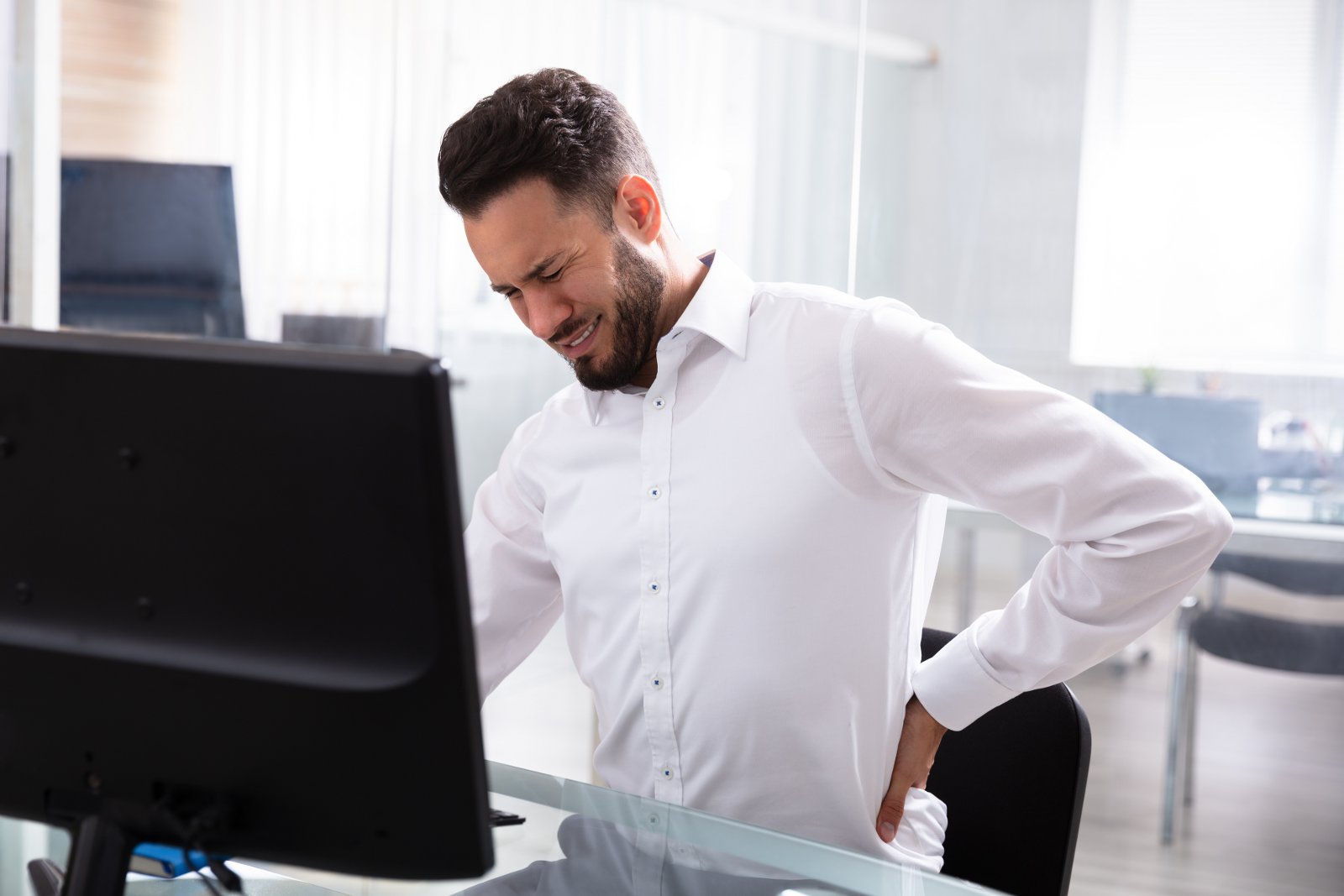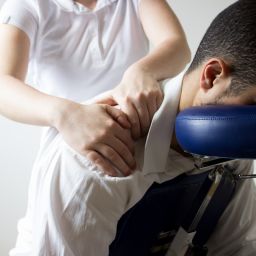Whether you sit at a desk or take part in heavy lifting as your everyday work, posture in the workplace is important. Various factors of our working life can cause back pain and bad posture. From lifting and sitting incorrectly, to not having the equipment you need to properly protect your back, years of bad posture and injury can lead to on-going back problems.
In addition, repetitive tasks, sitting for too long, driving for long periods of time, pushing, pulling and dragging heavy loads can all lead to a bad back and bad posture.
This can result in a lifetime of problems. But it is possible to work towards improving your back problems and your posture, or avoiding these problems all together. Read on do discover how to beat back pain and posture problems in the workplace…
Make a Change…
Some people are more susceptible to back pain than others. If you are suffering from back pain, or you think some aspects of your work could lead to back pain, it is important to let your employer know.
When it comes to lifting in the workplace, according to HSE, your employer should have provided the necessary training to teach you how to lift and carry things properly. If you have not attended such training, request that you do and make sure that your employer is aware you are suffering back pain due to the nature of your work. Let them know you are keen to be able to continue, but in a way that protects your health. This is in your best interest as well as your employers.
If your back pain is being caused by sitting incorrectly or sitting for long periods of time at work it is important to learn how to sit to avoid back pain and posture problems. What many people don’t realise is that improving the problem may be a simple case of replacing your desk chair, or raising the height of your screen.
An ergonomic office chair will allow you to adjust the chair to suit the unique proportions of your body to improve comfort. When used properly, an ergonomic chair can maximise back support and maintain good posture.
When it comes to setting up your chair and your position at your desk, there are a few things to consider:
Elbows – when you are sitting as comfortably close to your desk as possible, rest your arms on the work surface. Your elbows should be at a 90-degree angle.
Thighs – to check your thighs are in the right position, check that you can easily slide your fingers under your thigh at the edge of your chair. If this is not possible you may need to use a footrest to lift your legs a little.
Calves – sit right back in your chair and try to pass your fist between the back of your calf and the front of your office chair. If you’re not able to do this the chair may be too deep. Rectify this by adjusting the backrest forward.
Lower back – when seated you should sit right back in your chair, and find that the support makes your back arch slightly. This will stop you slouching or slumping forward.
Eye level – when sitting comfortably in your chair, your gaze should be aimed at the centre of you screen. If it is higher or lower you may need to adjust your chair or lift or lower your screen.
Taking the necessary steps to improve your back outside of work is key too. If you suffer from back pain, consider regular massage to improve the problem areas. As an employer, it is important to be aware of the necessary measures you can take to protect your staff from back pain. Consider introducing regular in-office massage, to help reduce back pain in the workplace.
If you think your workplace would benefit from specialist help to improve posture in the workplace, take a look at our Posture Workshops and contact us about our Workstation Assessments services.


















